JOIN the AFICIONADOS
To receive our world of travel and style delivered straight to your inbox.
They say you can find beauty in each and every corner. In Zurich, this much is true about a police station, where the Swiss painter Augusto Giacometti worked for two years to create a masterwork of floral decoration and scenic images in the vaulted entrance hall, completed in 1925.
Referred to locally as the ‘Blüemlihalle’, or hall of little flowers,’ Amtshaus is a vibrant, warm space that is considered a work of national importance and boosted Giacometti’s career.
He went on to be commissioned to create the stained glass windows of Grossmünster in 1933 and Fraumünster in 1945, both historical churches of great artistic significance (Chagall also created stained glass windows for the Fraumüster church).
Alberto Giacometti’s last name may sound familiar, and for good reason. He hailed from a family of artists, of which the great 20th-century sculptor Alberto Giacometti, his cousin, is perhaps the best-known member. He is famous for his extremely tall and slender figurines.
In his work, rooted in Art Nouveau and Symbolism, Giacometti prefigures abstract art in his stained glass windows and monumental murals. His interest in colour theory – the characteristics of colour and how they can be used in representation – accounts for the powerful impact of his painting, which gradually shifted from representational paintings of the holy arts and floral subjects toward more reductionist abstract painting, as one of the first 20th century painters.
Fittingly, his epitaph reads: “Qui riposa il maestro dei colori”, here lies the master of colour.
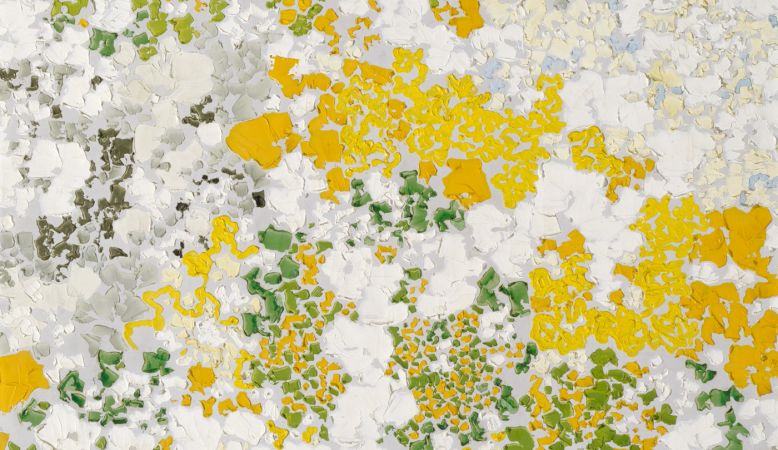
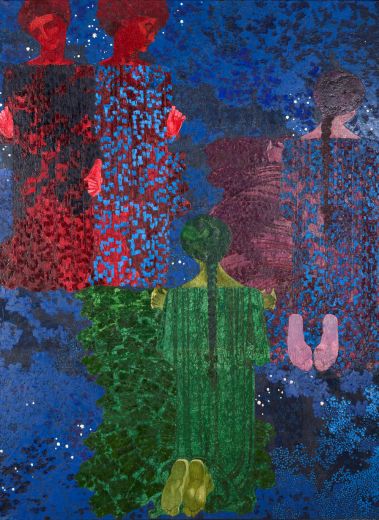
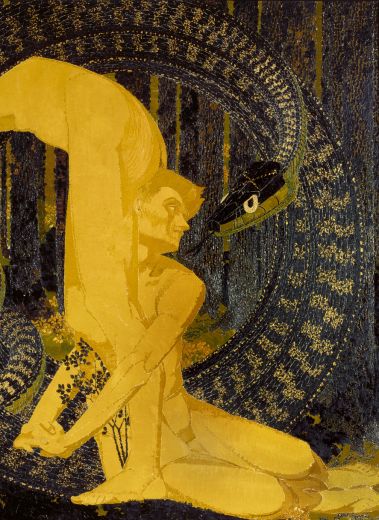
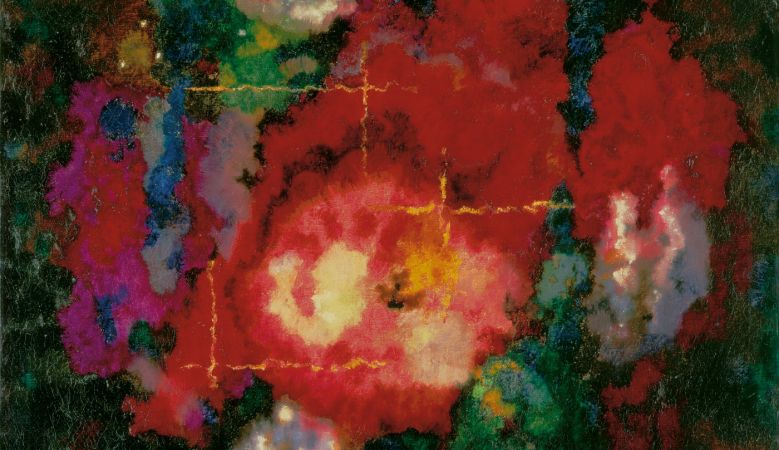
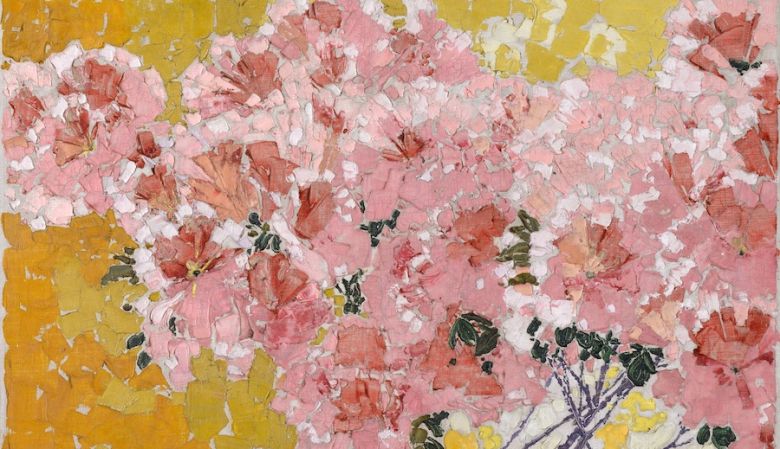
Find Giacometti’s impactful in the aforementioned churches as well as in various Zürich art institutions such as the Kunstmuseum Basel, Kunsthaus Zürich, and explore Giacometti’s work online at SIK-ISEA.